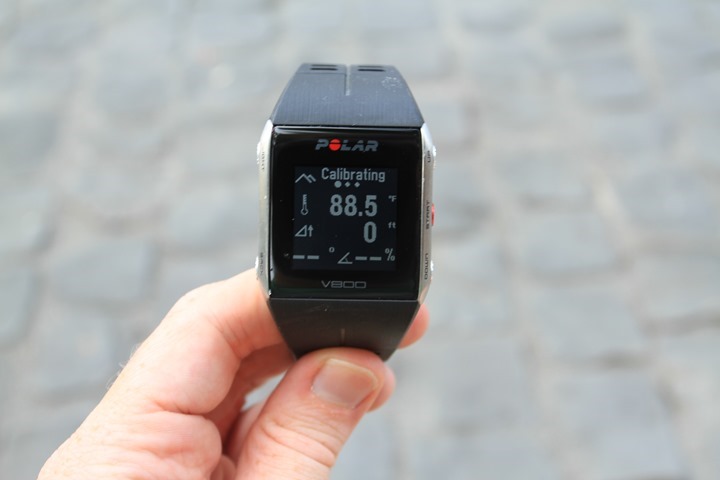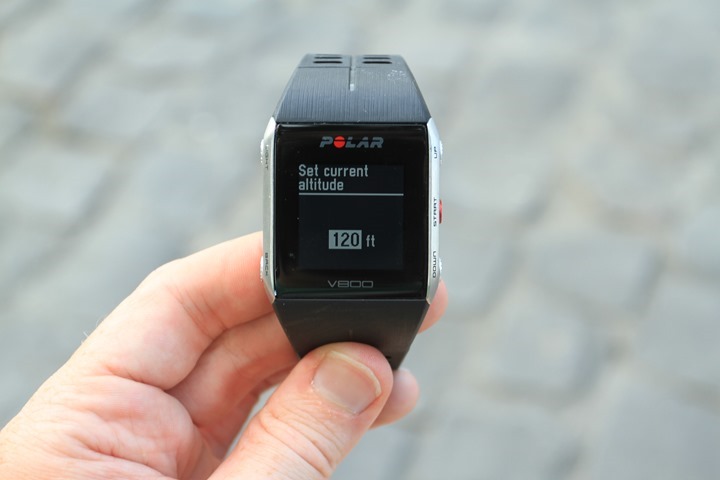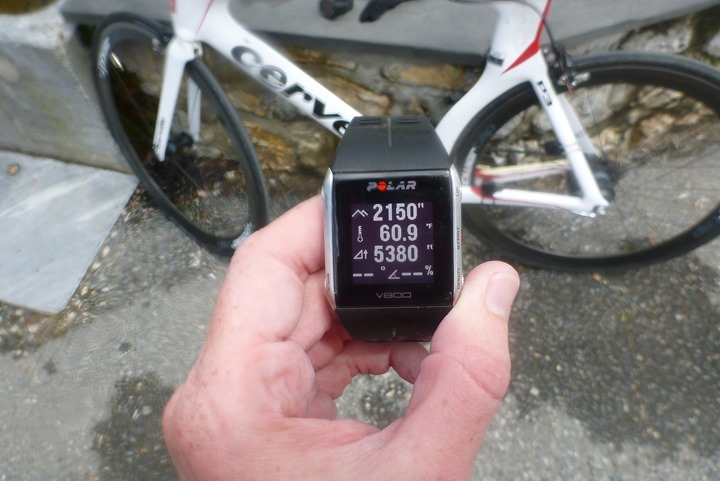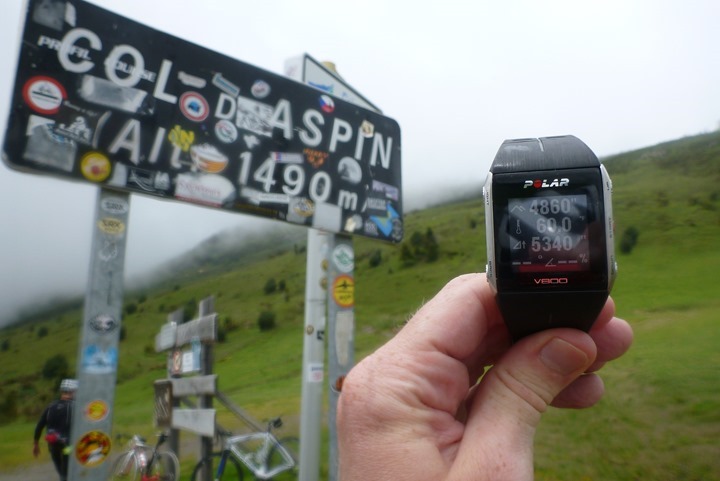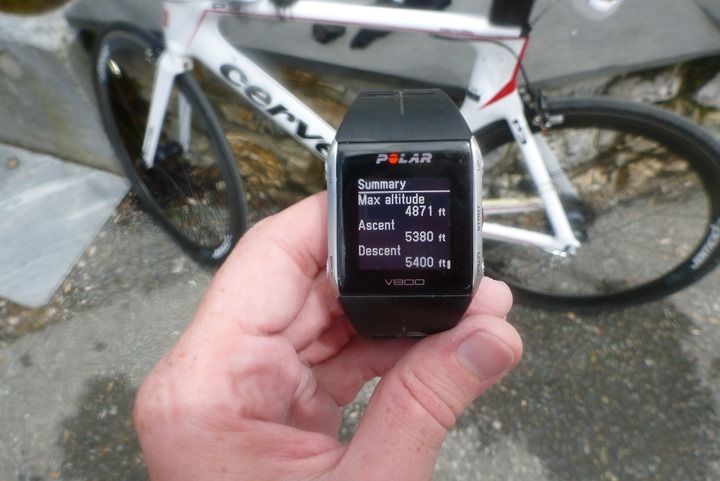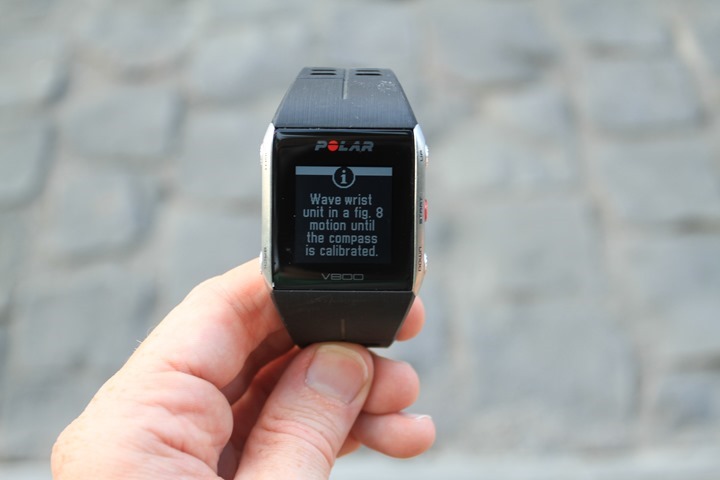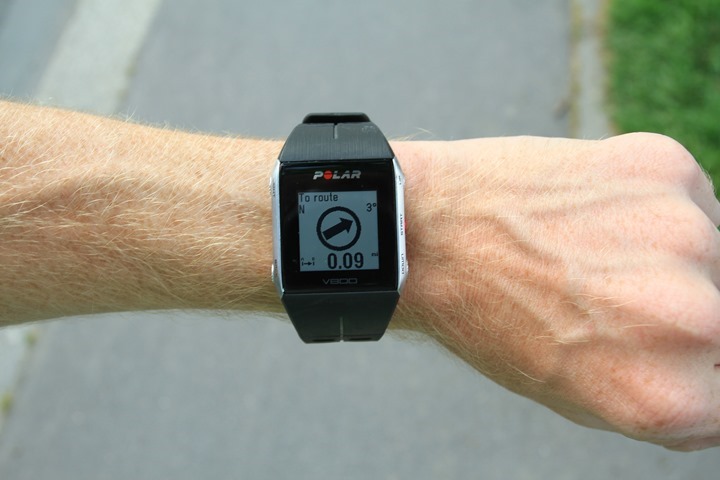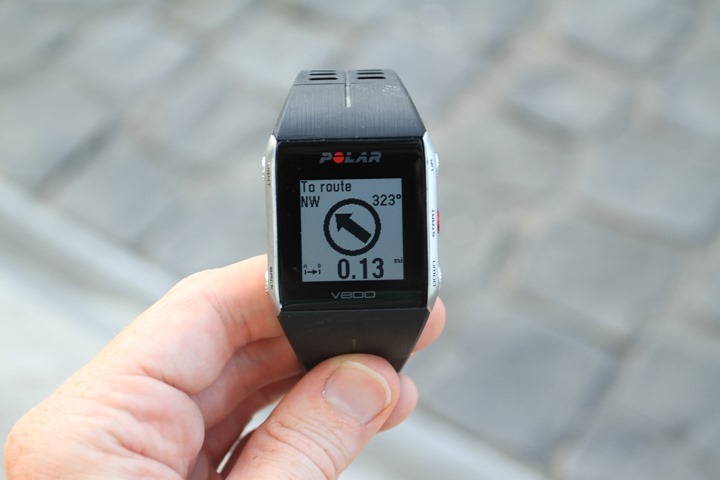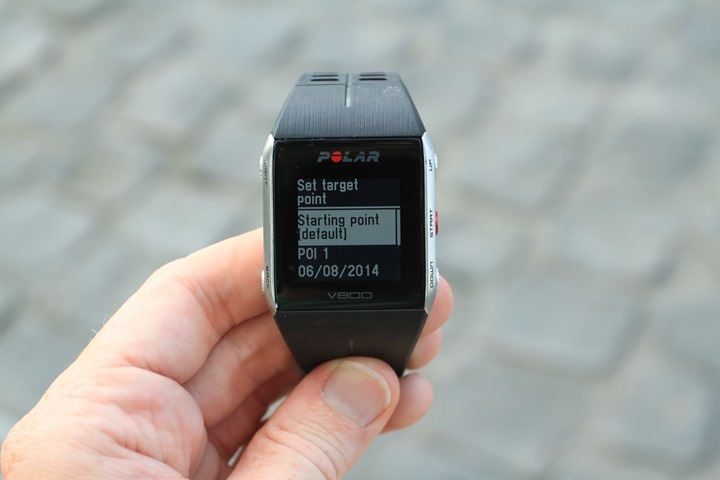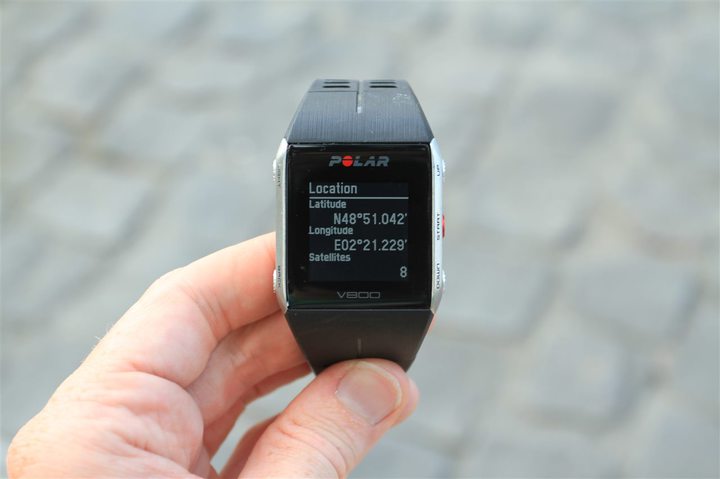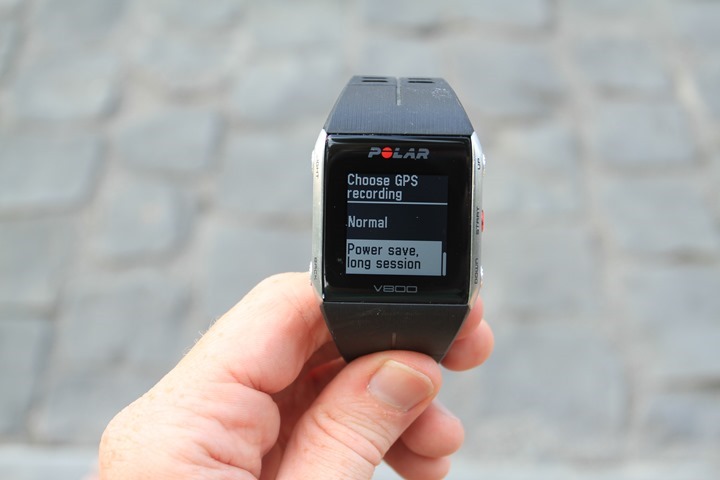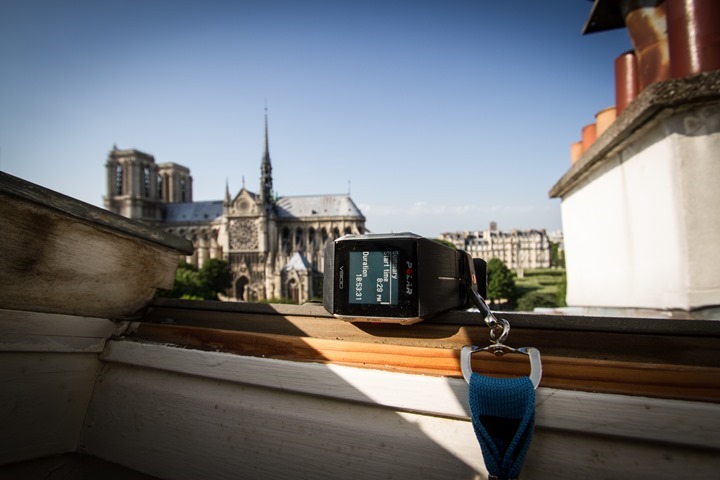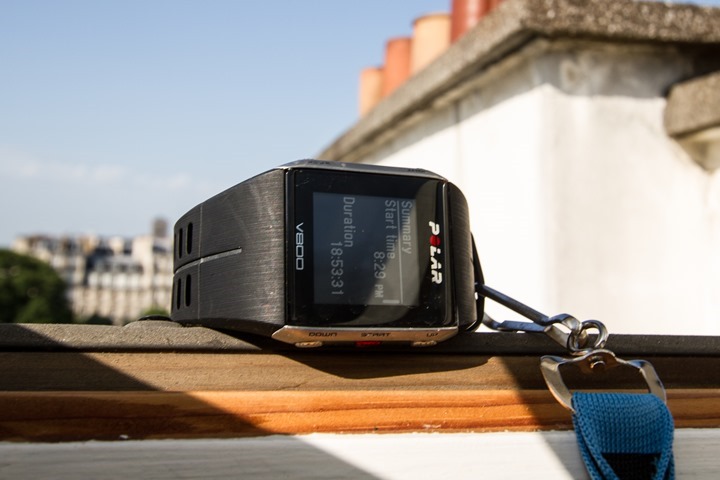NAVIGATION FOR BATTERY LIFE
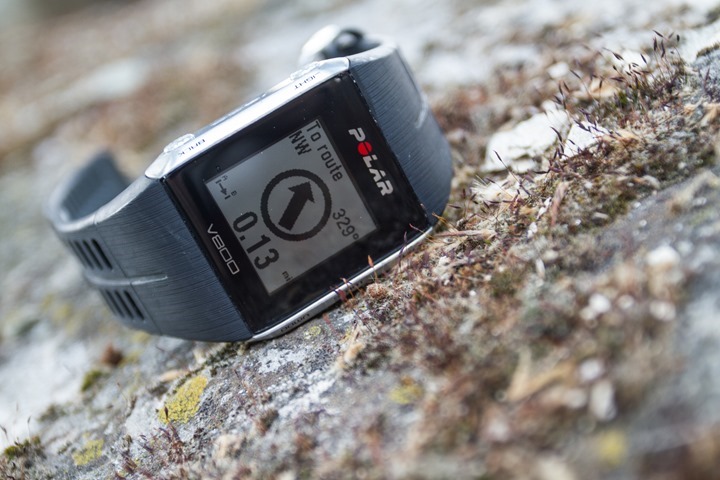
The V800 holds numerous equipment offers ordinarily in a watch intended for trekking, particularly: a barometric altimeter, an attractive compass, and the capability to get upwards of 50 hours of battery life in a low-control GPS mode. Presently, while it has those equipment characteristics, it by and large needs a great part of the product at this stage behind those gimmicks to practically utilize it within a navigational limit.
Barometric Altimeter:
To begin with the most finish peculiarity, we'll examine the barometric altimeter. A barometric altimeter implies that it uses weight to comprehend rise changes. This is by and large considered the most correct system for customer sport GPS gadgets to measure height. Each one time you begin a movement the unit will utilize GPS to at first balance the barometric altimeter. This is inline with how most different units available work:duames from
In the second class, here's the aggregate rising/plummet recorded on the unit. For my situation, I was searching for these to be almost indistinguishable – since I ceased and began in the same
Once more, really close – inside 20ft. I'd be content with that.
Note that with regards to rise, you'll likewise get grade data showed – however that is as of now just accessible in the cycling mode when the pace is quick enough to ascertain the evaluation. It won't appear in running, regardless of how soak a slope you're going up or down.
Route:
Next, we'll take a gander at route. The V800 incorporates some extremely simple navigational competencies permitting you to explore to spared purposes of enthusiasm, and additionally to take after spared courses utilizing a compass. You'll initially need to align the compass by waving it around like an insane individ
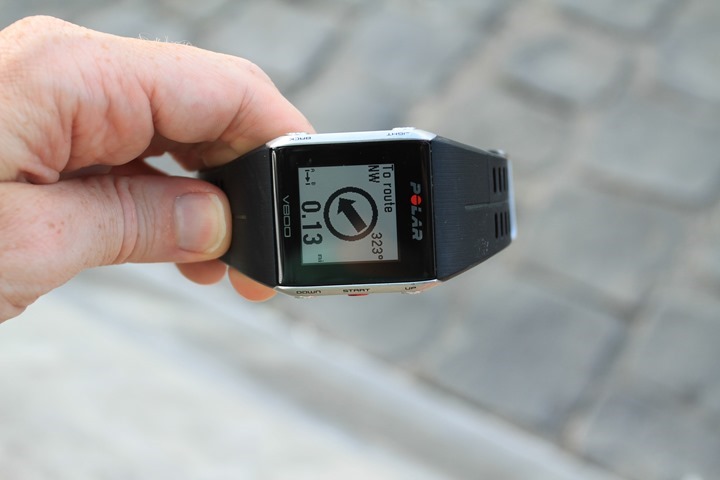
Battery Life:
The V800 has a couple of distinctive battery life limits relying upon how you're utilizing it. In normal mode without GPS on, the unit is appraised at 30 prior days you have to energize it once more. For most however, you're intrigued by GPS utilization time. For that, the V800 incorporates two separate GPS modes that can affect battery life. The primary is a standard 1-second recording mode that redesigns GPS and records the qualities at regular intervals. This is the default and typical mode. This mode is appraised at 13 hours of battery existence with heart rate information (all the more on my testing in a second).
The second mode is a ultra-long battery mode intended for getting upwards of 50-hours of battery life. In this mode the GPS redesign is diminished to at regular intervals (with HR information), hence bringing about less correctness however significantly more use time. This is by and large best for trekking where you're moving similarly gradually. It's not under any condition perfect for cycling where you'd be moving rather quick and in this way the distinction in 60 seconds would take a route that is excessively expedient (unless obviously your riding over the US or something).
I've found in utilizing the watch throughout the most recent 6 months that battery life was never an issue. In that I imply that there constantly appeared to be sufficient battery for my exercises. Some piece of that may be my charging conduct, however it didn't appear as though it blazed through battery, which is great.
So as to test the battery life I felt free to plunked the unit on my housetop and let it run with GPS on (in ordinary mode) from 100% battery down to at whatever point it stop itself. Here were the results:
Interestingly, at 6% battery it fundamentally closes the movement and goes into a protected mode. For this situation, it was at 18 hours and 53 minutes. Far surpassing Polar's official evaluations. Nonetheless, there is one get: There was no Bluetooth Smart empowered heart rate information (which is incorporated in their numbers). With Ant+ making a sensor test system to run throughout the night is truly simple, yet with Bluetooth Smart it some more unpredictable and I haven't exactly gotten them to work yet with the applications I've attempted (its a me 'confinement', not by any means a Bluetooth or Polar one).
Still, that is decently guaranteeing with regards to battery life. Whether it would keep going a 'full Ironman' time of 17 hours is something that remaining parts to be seen. Assuredly I can apparatus up a test system to better catch that.
See Polar V800 Multisport watch price on amazon here..

The V800 holds numerous equipment offers ordinarily in a watch intended for trekking, particularly: a barometric altimeter, an attractive compass, and the capability to get upwards of 50 hours of battery life in a low-control GPS mode. Presently, while it has those equipment characteristics, it by and large needs a great part of the product at this stage behind those gimmicks to practically utilize it within a navigational limit.
Barometric Altimeter:
To begin with the most finish peculiarity, we'll examine the barometric altimeter. A barometric altimeter implies that it uses weight to comprehend rise changes. This is by and large considered the most correct system for customer sport GPS gadgets to measure height. Each one time you begin a movement the unit will utilize GPS to at first balance the barometric altimeter. This is inline with how most different units available work:duames from
You can however physically override that esteem by holding down the upper left catch and getting to the manual altimeter setting and basically setting a known elevation. This is valuable in case you're at an area where the elevation is posted on a sign.
Once balanced you'll get elevation data throughout your movement. This comes as present height and in addition climb and plunge – basically whatever you've designed on your information pages for that given game profile.
Two weekends back I invested significant time in the Pyrenees doing barometric altimeter tests, taking a gander at how diverse units faired. I was taking a gander at aggregate rising and drop, and additionally greatest height. Alongside approval against known rise markers. In the first class, here's the V800 against a known height marker:
For this situation, the marker was 1,490m (or 4,888.45ft). The V800 read 4,860ft. So pretty darn close – just about 30ft (9m) – inline with what I saw with different units (for instance, the Edge 1000 read 4,869ft). In the second class, here's the aggregate rising/plummet recorded on the unit. For my situation, I was searching for these to be almost indistinguishable – since I ceased and began in the same
Once more, really close – inside 20ft. I'd be content with that.
Note that with regards to rise, you'll likewise get grade data showed – however that is as of now just accessible in the cycling mode when the pace is quick enough to ascertain the evaluation. It won't appear in running, regardless of how soak a slope you're going up or down.
Route:
Next, we'll take a gander at route. The V800 incorporates some extremely simple navigational competencies permitting you to explore to spared purposes of enthusiasm, and additionally to take after spared courses utilizing a compass. You'll initially need to align the compass by waving it around like an insane individ
Once that is carried out you've got two decisions. The principal is to take after a preplanned course downloaded from Polar Flow. The trap here is that starting today you can't make your course. Rather, you can just take after past exercises you've made, or other open ones on Flow that other individuals have finished. Consequently, for most individuals this will be kinda pointless since you sorta know where you went (if pulling from your own). Generally, I'm holding up for when I can simply guide out my course.
In any case, in the event that you spare this course to the watch and burden it up you'll get a compass that will point you in the bearing should go:
It'll demonstrate to you separation remaining and will be correct focused around which bearing the watch is confronting. Case in point, recognize in these next two pictures how in the event that I pivot simply the watch confront, the bolt stays indicating the same relative bearing:
The second alternative is whether you get to the upper left catch menu you can spare a purpose of investment (POI), which then permits you to explore once again to that POI later on. Hence, preferably you'd spare said point before you got yourself lost. Further, you can likewise explore over to the begin. It won't be on the track you got there however – yet rather will be from point A to point B. This implies that in case you're trekking its not likely valuable in light of the fact that you may have streams/bluffs/military checkpoints/and so forth in the way that would generally impede an immediate viewable pathway cours
Furthermore, you can recover your lat/long arranges by basically holding down the "Light" catch (once in a movement with GPS empowered), and after that span down to 'Current Location Info'.
By and large, the gimmicks are super-fundamental in the route segment. I trust about whether we'll see things get fabricated some more. At present, I can't envision numerous people will discover the navigational competencies exceptionally helpful, particularly contrasted with all the more full-emphasized climbing/route watches like the Suunto Ambit arrangement and Garmin Fenix arrangement. Battery Life:
The V800 has a couple of distinctive battery life limits relying upon how you're utilizing it. In normal mode without GPS on, the unit is appraised at 30 prior days you have to energize it once more. For most however, you're intrigued by GPS utilization time. For that, the V800 incorporates two separate GPS modes that can affect battery life. The primary is a standard 1-second recording mode that redesigns GPS and records the qualities at regular intervals. This is the default and typical mode. This mode is appraised at 13 hours of battery existence with heart rate information (all the more on my testing in a second).
The second mode is a ultra-long battery mode intended for getting upwards of 50-hours of battery life. In this mode the GPS redesign is diminished to at regular intervals (with HR information), hence bringing about less correctness however significantly more use time. This is by and large best for trekking where you're moving similarly gradually. It's not under any condition perfect for cycling where you'd be moving rather quick and in this way the distinction in 60 seconds would take a route that is excessively expedient (unless obviously your riding over the US or something).
I've found in utilizing the watch throughout the most recent 6 months that battery life was never an issue. In that I imply that there constantly appeared to be sufficient battery for my exercises. Some piece of that may be my charging conduct, however it didn't appear as though it blazed through battery, which is great.
So as to test the battery life I felt free to plunked the unit on my housetop and let it run with GPS on (in ordinary mode) from 100% battery down to at whatever point it stop itself. Here were the results:
Interestingly, at 6% battery it fundamentally closes the movement and goes into a protected mode. For this situation, it was at 18 hours and 53 minutes. Far surpassing Polar's official evaluations. Nonetheless, there is one get: There was no Bluetooth Smart empowered heart rate information (which is incorporated in their numbers). With Ant+ making a sensor test system to run throughout the night is truly simple, yet with Bluetooth Smart it some more unpredictable and I haven't exactly gotten them to work yet with the applications I've attempted (its a me 'confinement', not by any means a Bluetooth or Polar one).
Still, that is decently guaranteeing with regards to battery life. Whether it would keep going a 'full Ironman' time of 17 hours is something that remaining parts to be seen. Assuredly I can apparatus up a test system to better catch that.
See Polar V800 Multisport watch price on amazon here..

